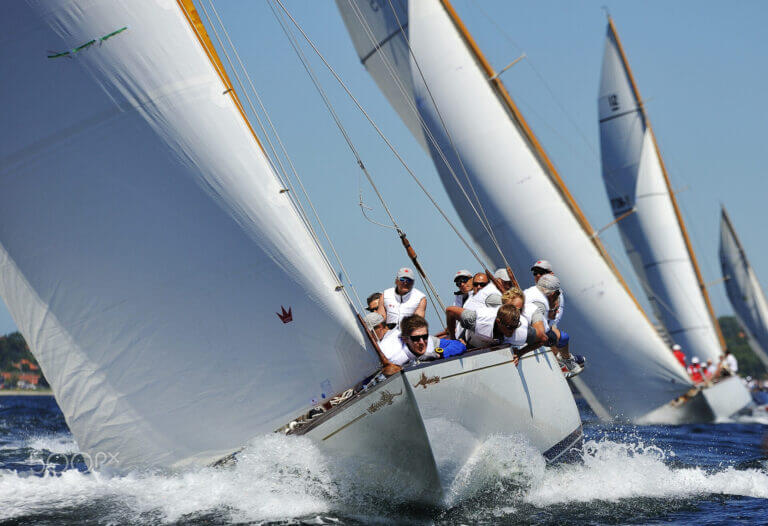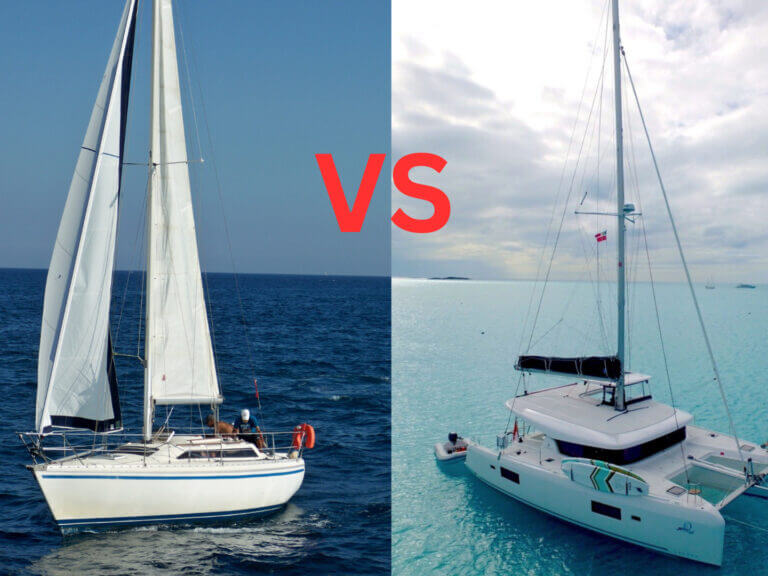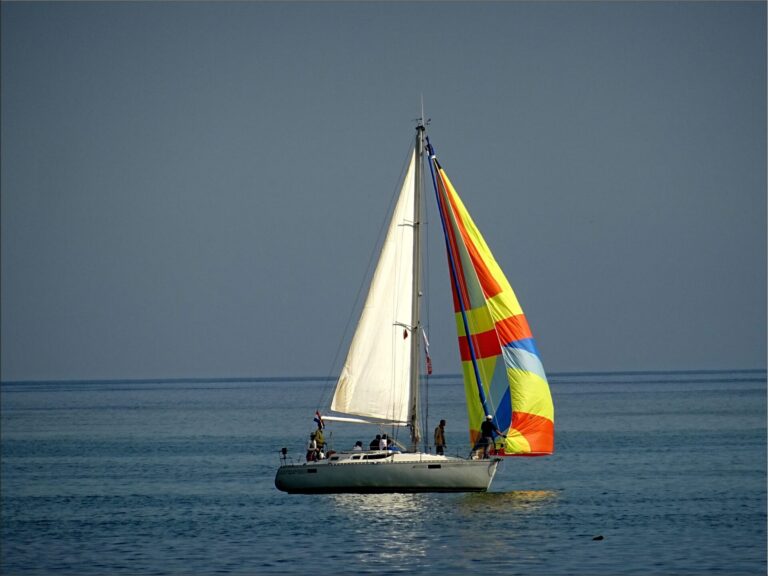Whats the Difference between Standing Rigging and Running Rigging?
Running rigging refers to the movable lines and ropes used to control the position and shape of the sails on a sailboat.
Standing rigging, on the other hand, refers to the fixed wires and cables that support the mast and keep it upright.
As the sun rises on another day, we find ourselves immersed in a world where the sails of sailboats dance upon the seas, their intricate rigging patterns a testament to the artistry and engineering of seafaring. From the towering masts of schooners to the sleek lines of modern racing yachts, sailboat rigging represents a crucial element in the composition of these majestic vessels, an amalgamation of form and function that is as beautiful as it is essential.
With its intricacies and complexities, sailboat rigging is a subject that has captivated the hearts and minds of sailors and enthusiasts alike, drawing them into a world of knots, splices, and shrouds that is at once ancient and modern, traditional and innovative. So join us as we explore the types of sailboat rigging that exist, and discover the joys and challenges of this fascinating and endlessly rewarding pursuit.
Standing Rigging
Standing rigging is the system of cables, rods, and wires that support the mast of a sailboat and keep it upright. It is designed to be strong and sturdy, providing a stable base for the sails to be raised and lowered. In contrast, running rigging is the system of ropes and lines that control the sails and other movable parts of the boat.
Standing rigging represents one of the core components of a sailboat‘s design, providing the structural support necessary to keep the mast in place and ensure that the sails can be raised and lowered with ease. Made up of a variety of materials and components, standing rigging is a complex and sophisticated system that requires careful planning and maintenance to ensure optimal performance. Here are some of the types of standing rigging you might encounter:
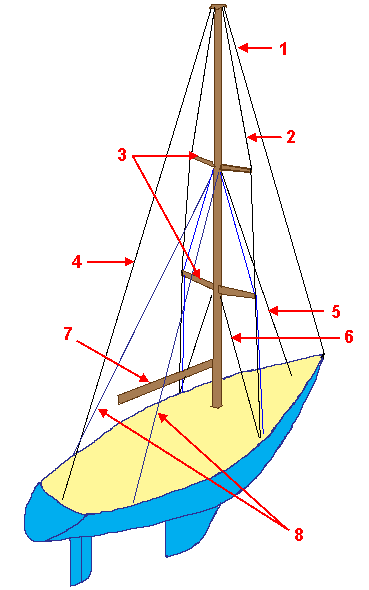
Running Rigging
Running rigging is the system of ropes and lines that control the sails, spars, and other movable parts of a sailboat. It is designed to be adjustable, allowing sailors to trim the sails to match the wind conditions and course of the boat. In contrast, standing rigging is the system of cables and wires that support the mast and keep it upright.
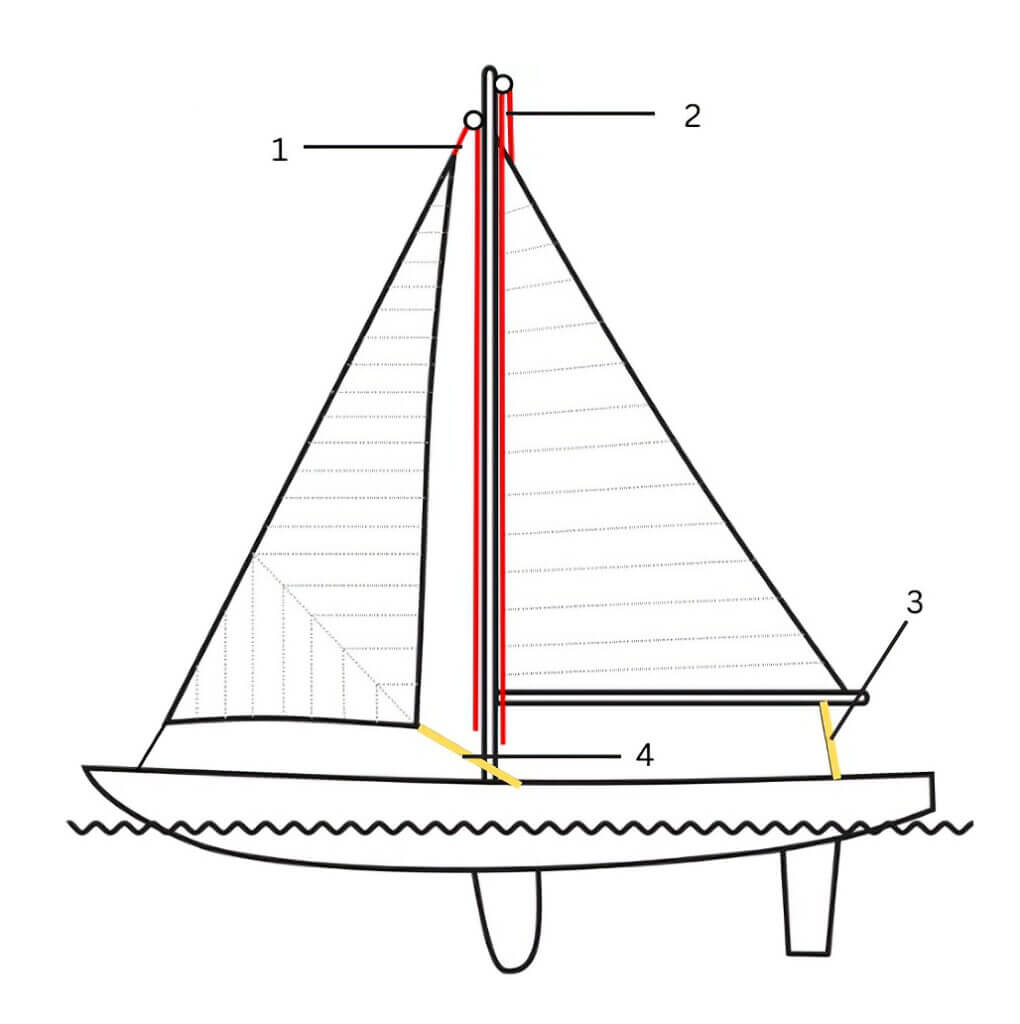
Running rigging is the unsung hero of sailboat design, providing the control and adjustability necessary to keep a boat moving smoothly through the water. Made up of a complex system of ropes, lines, and pulleys, running rigging is a crucial element in the art of sailing, allowing sailors to trim their sails to match the wind conditions and steer their boats with precision. Here are some of the key components of running rigging:
FAQs
What are the signs of wear and tear in standing rigging?
Signs of wear and tear in standing rigging can include visible corrosion or rust on wire or rod rigging, fraying or unraveling of synthetic rigging, loose or damaged fittings, and any noticeable deformation or bending of the rigging components.
How often should I inspect and replace standing rigging?
The frequency of inspection and replacement for standing rigging depends on various factors, including the type of rigging material, the age of the rigging, and the manufacturer recommendations. As a general guideline, it is recommended to have a professional rigging inspection at least every 2-3 years.
Are there any regulations or standards for standing rigging?
Yes, there are industry standards and regulations for standing rigging. One widely recognized standard is the International Organization for Standardization (ISO) 12215-9, which provides guidelines for the design, construction, and testing of standing rigging on small craft. Additionally, various national and international sailing associations, such as the American Boat and Yacht Council (ABYC) and the International Sailing Federation (ISAF), offer guidelines and recommendations for rigging standards.
What are the common causes of failure in standing rigging?
Common causes of failure in standing rigging can include fatigue from constant stress and loading, corrosion of metal rigging components, inadequate tensioning or adjustments, improper installation or maintenance, and damage from accidental impacts or mishandling.
How do I properly maintain and clean running rigging?
Proper maintenance and cleaning of running rigging involve regular inspection, washing, and lubrication. Inspect the ropes and lines for signs of wear, fraying, or damage, and replace any worn-out or damaged components. To clean synthetic ropes, rinse them with fresh water to remove salt and dirt, and use a mild soap if necessary. Avoid using harsh chemicals or bleach. Lubrication is essential for smooth operation, and you can apply a silicone-based or dry lubricant to the pulleys and blocks, following manufacturer recommendations.



